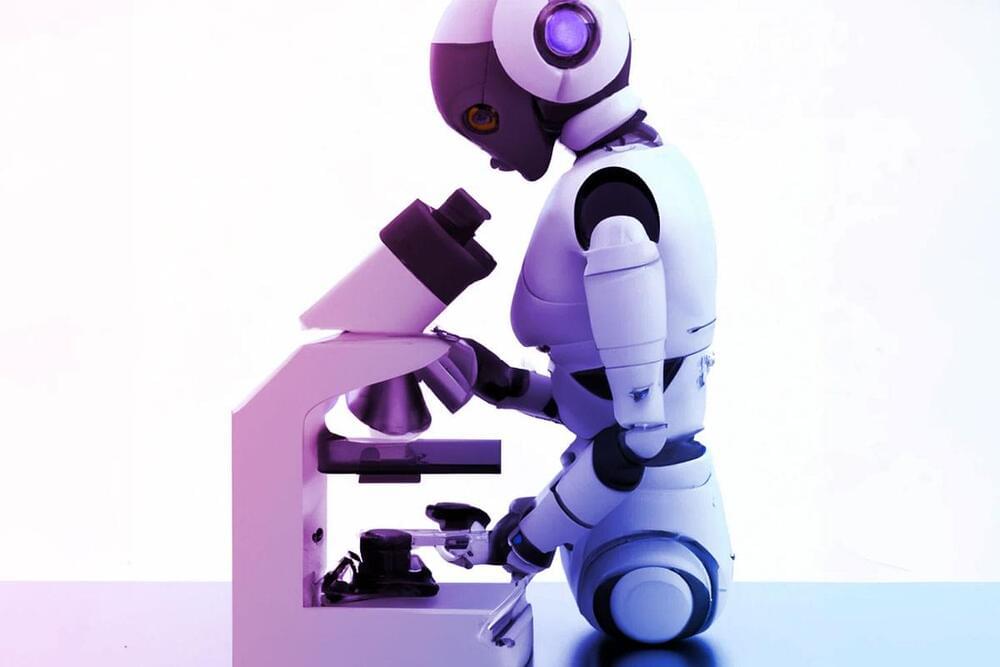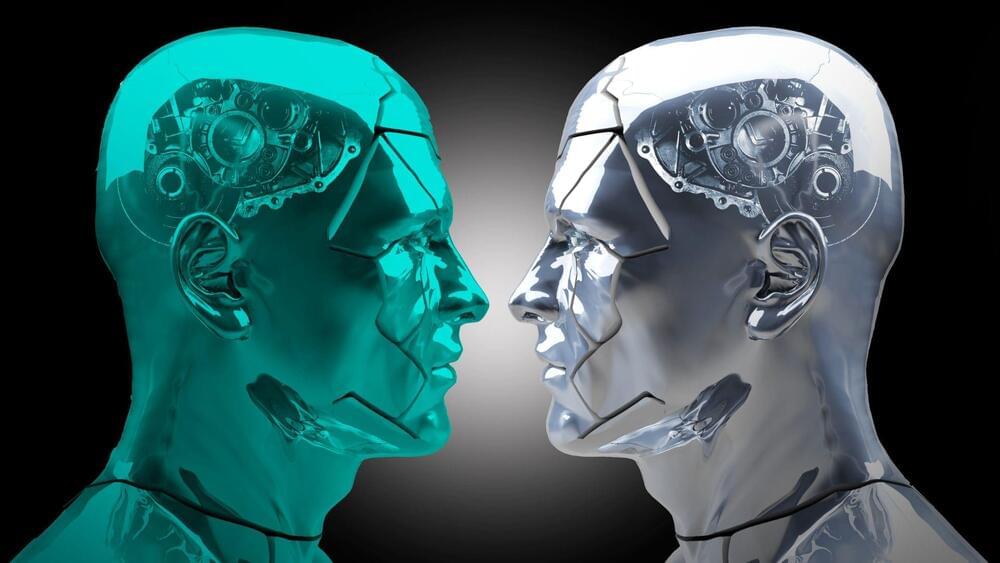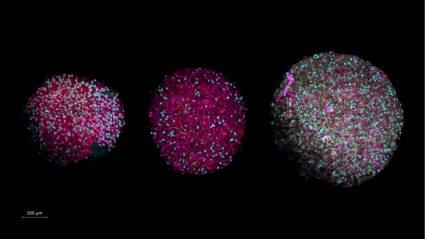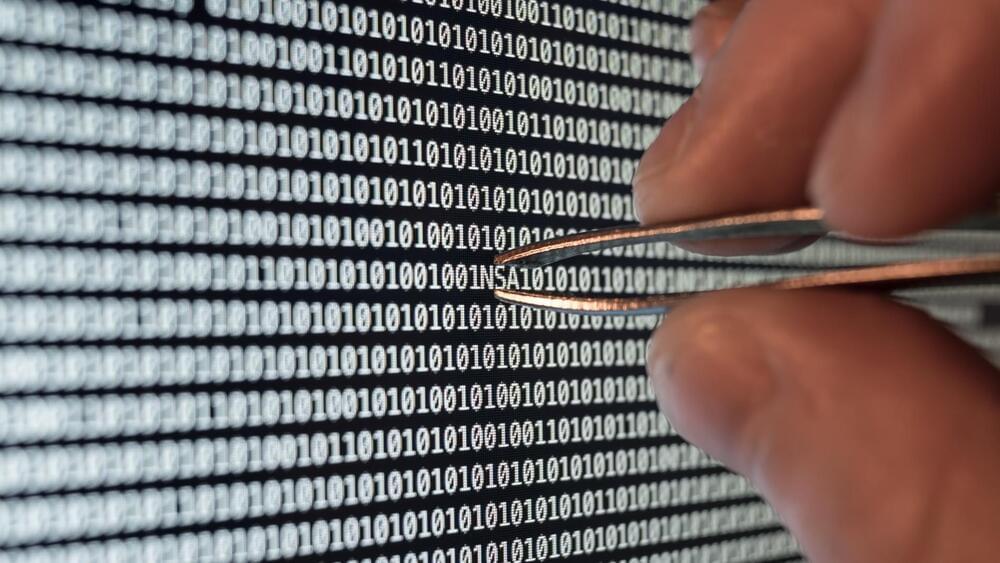Discover the fascinating world of digital immortality and the pivotal role artificial intelligence plays in bringing this concept to life. In this captivating video, we delve into the intriguing idea of preserving our consciousness, memories, and personalities in a digital realm, potentially allowing us to live forever in a virtual environment. Unravel the cutting-edge AI technologies like mind uploading, AI-powered avatars, and advanced brain-computer interfaces that are pushing the boundaries of what it means to be alive.
Join us as we explore the ethical considerations, current progress, and future prospects of digital immortality. Learn about the ongoing advancements in brain-computer interfaces such as Neuralink, AI-powered virtual assistants like ChatGPT, and the challenges and opportunities that lie ahead. Will digital immortality redefine humanity’s relationship with life, death, and existence itself? Watch now to uncover the possibilities.
Keywords: digital immortality, artificial intelligence, mind uploading, AI-powered avatars, brain-computer interfaces, Neuralink, ChatGPT, virtual afterlife, eternal life, neuroscience, ethics, virtual reality, consciousness, future of humanity.








